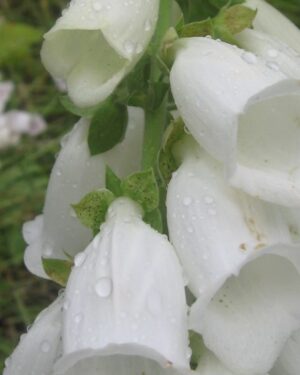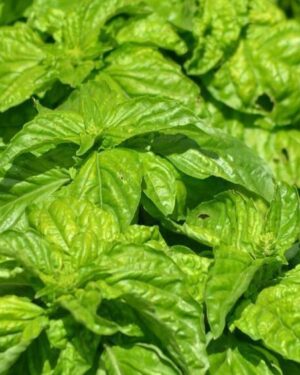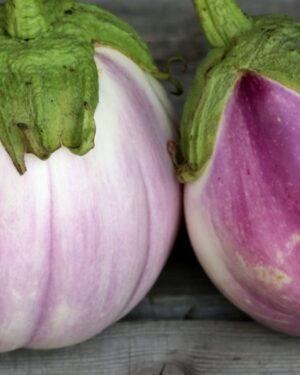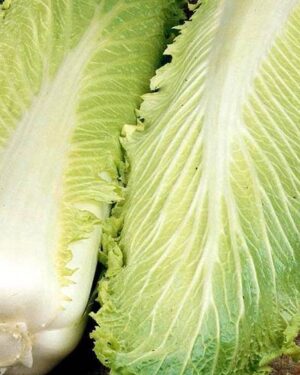Description
Petunia Grandiflora F1 Double Pirouette Mix
Petunia Grandiflora F1 Double Pirouette Mix. A compact and early flowering F1 variety with good branching habit. The huge heavily petalled double 10-13cm flowers hold up well in inclement weather. 25-40cm. (Professional Nursery Seed)
Cultivation Advice
- Plant after the last frost in a sunny location that receives at least 6 hours of sunlight daily. Ensure well-draining soil.
- Amend the soil with compost or organic matter before planting to enhance soil fertility and drainage.
- Plant seedlings or seeds at a depth of 1/4 inch (6 mm) and space them about 10-12 inches (25-30 cm) apart to allow for proper air circulation.
- Maintain consistent moisture, especially during dry periods. Water deeply when the soil’s top inch (2.5 cm) feels dry.
- Apply a balanced liquid fertilizer every two to three weeks or use slow-release fertilizers to support healthy growth and abundant blooms.
- Regularly remove faded flowers to encourage continuous blooming and prevent seed formation.
- Mulch around the plants to retain moisture, suppress weeds, and maintain soil temperature. Ensure the mulch doesn’t touch the plant stems.
- Monitor for common pests like aphids and fungal diseases. Treat any issues promptly with appropriate organic methods.
- Provide support for sprawling varieties. Prune lightly to shape the plants and remove leggy growth for better aesthetics.
- Petunia Grandiflora F1 Double Pirouette Mix is suitable for containers. Use well-draining potting mix and ensure adequate drainage.
- In frost-prone areas, these petunias are often treated as annuals. In warmer climates, they may survive through winter if protected from severe cold.
- Provide shelter during heavy rain or storms to prevent damage to delicate blooms.
- Ensure a regular care routine, including watering, fertilizing, and deadheading, to promote continuous flowering throughout the growing season.
- While these petunias prefer full sun, in hotter climates, they may benefit from some afternoon shade to prevent scorching of the delicate blooms.
- Avoid overhead watering to reduce the risk of foliar diseases. Water at the base of the plants to keep foliage dry.
- Proper spacing between plants encourages good air circulation, reducing the chances of fungal diseases and promoting healthier growth.
- If certain stems become leggy or stop flowering, selectively prune them back to promote new growth and encourage branching.
- Periodically check plants for signs of pests like aphids, whiteflies, or caterpillars. Early detection allows for prompt treatment if necessary.
- Water deeply but less frequently during cooler periods to prevent waterlogging and root rot. Adjust watering frequency based on weather conditions.
- Avoid over-fertilizing, as it can lead to excessive foliage growth at the expense of flowers. Follow the recommended dosage on fertilizer labels.
- Protect plants from strong winds, especially when they are young or during periods of intense growth, to prevent damage to the delicate blooms.
- Pay attention to microclimates within your garden. Certain areas might be warmer, cooler, or more sheltered, affecting plant growth.
- Periodically prune or pinch back leggy or spent stems to encourage new growth and maintain the plant’s overall shape and vigor.
- Use a moisture meter or check soil moisture levels by inserting your finger into the soil. Water when the top inch (2.5 cm) feels dry.
- Regularly check mulch depth around plants. Replenish mulch as needed to maintain a consistent layer, ensuring optimal moisture retention.
- Encourage pollinators by incorporating companion plants that attract bees and butterflies, promoting natural pollination and biodiversity.
- Adjust fertilizer application based on seasonal needs. Reduce feeding as the growing season ends to allow the plants to prepare for dormancy.
- Provide gentle support, such as small stakes or ties, for weaker or sprawling stems to prevent breakage and encourage upward growth.
- If plants become overly leggy or stop flowering, consider a more aggressive pruning to rejuvenate growth and stimulate new blooms.
- During prolonged periods of intense heat, provide shade or move containers to a cooler area to prevent stress and wilting.
- Observe how the plants respond to your care routine and adjust practices accordingly to meet their specific needs.
- Remove any yellowing or diseased leaves promptly to maintain plant health and prevent the spread of diseases.









Reviews
There are no reviews yet.